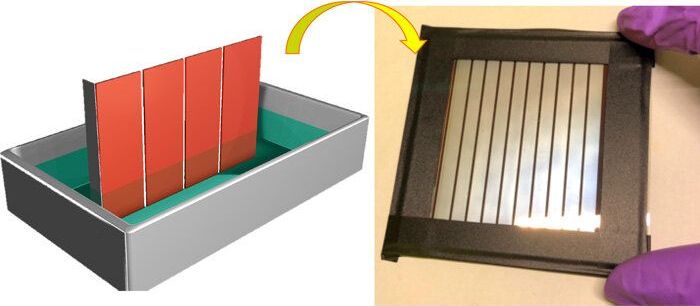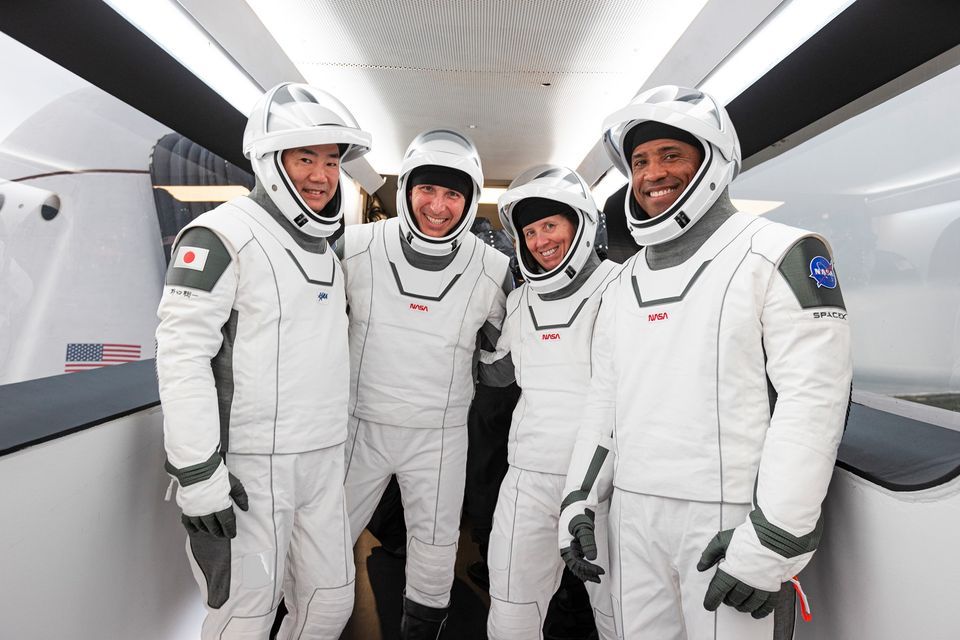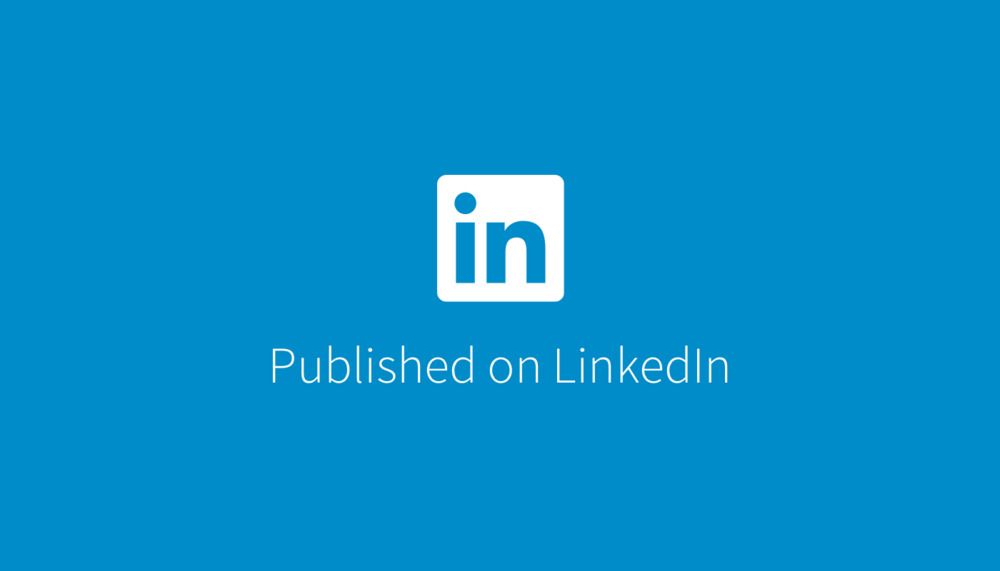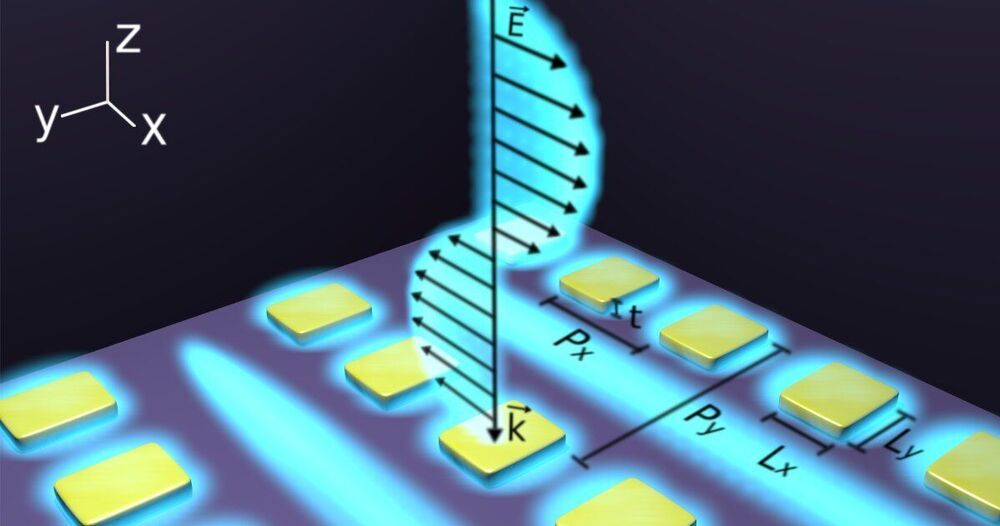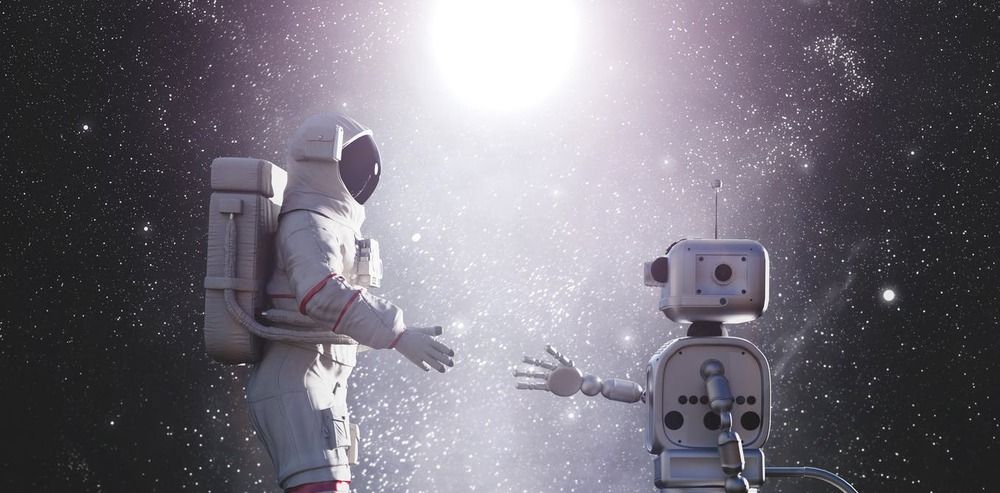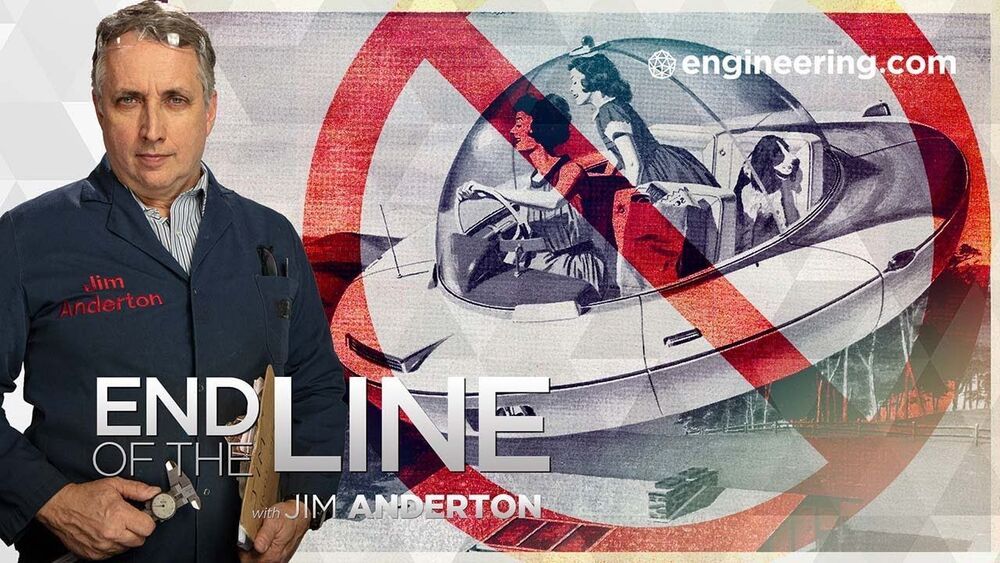TL;DR: Last week, we kicked off a three-part series on the future of human-computer interaction (HCI). In the first post, we shared our 10-year vision of a contextually-aware, AI-powered interface for augmented reality (AR) glasses that can use the information you choose to share, to infer what you want to do, when you want to […].
Wiesendanger points out that unlike SARS and MERS, no intermediate host between bats and humans has been found more than a year since the start of the pandemic. Thus far, there is no evidence for the zoonotic theory to explain the outbreak.
Indeed, during the joint China-WHO report issued on Feb. 9, Liang Wannian, head of the Chinese National Health Commission’s Expert Panel of COVID-19 Response, stated that 50000 samples of wild animals from 300 different species (including bats) as well as 11000 farm animals in 31 Chinese provinces — taken between November 2019 and March 2020 — had all tested negative for SARS-CoV-2, the virus which causes COVID-19.
The researcher claimed that the SARS-CoV-2 virus is “astonishingly effective” at binding to human receptor cells (hACE2). He said this is due to its special hACE2 binding domains paired with the furin cleavage sites of the virus’ telltale spike protein.
He stated that this is the first time a coronavirus has exhibited both characteristics and that it points to a “non-natural origin.” Within the betacoronaviruses of sarbecovirus lineage B, the polybasic furin cleavage site is unique to SARS-CoV-2, according to News Medical Life Sciences.
A new, simpler solution process for fabricating stable perovskite solar cells overcomes the key bottleneck to large-scale production and commercialization of this promising renewable-energy technology, which has remained tantalizingly out of reach for more than a decade.
“Our work paves the way for low-cost, high-throughput commercial-scale production of large-scale solar modules in the near future,” said Wanyi Nie, a research scientist fellow in the Center of Integrated Nanotechnologies at Los Alamos National Laboratory and corresponding author of the paper, which was published today in the journal Joule. “We were able to demonstrate the approach through two mini-modules that reached champion levels of converting sunlight to power with greatly extended operational lifetimes. Since this process is facile and low cost, we believe it can be easily adapted to scalable fabrication in industrial settings.”
The team invented a one-step spin coating method using sulfolane, a liquid solvent. The new process allowed the team, a collaboration among Los Alamos and researchers from National Taiwan University (NTU), to produce high-yield, large-area photovoltaic devices that are highly efficient in creating power from sunlight. These perovskite solar cells also have a long operational lifetime.
Facebook Groups
Posted in space travel
“We’re going to try to catch the Super Heavy booster with the launch tower arm, using the grid fins to take the load,” Musk said via Twitter on Dec. 30. SpaceX will try a different approach to landing its future reusable rocket boosters. There are some benefits with this landing method: first, by omitting landing legs from the rocket design altogether, SpaceX can save weight and cost, because unlike Falcon 9 and Falcon Heavy first stages Super Heavy won’t need landing legs. In a second place, it could allow SpaceX to essentially recycle the Super Heavy booster immediately because the rocket would be “ready to refly in under an hour”.
~Video credits: @tijnm_02 Text credits: www.space.com www.techcrunch.com.
7 Feb 2021
ISEC has great hopes for this new year. We have two studies coming to their conclusions, a Baseline Architecture, our conference is scheduled (25÷6 May), and we intend to participate in several others. Our current plans include working with potential sponsors as we present an aggressive program to the space community saying we are here and ready to help your vision. So, I thought I would give you a quick philosophical look at where I think we are and where we need to go. (background body of knowledge at www.isec.org)
Pete’s View of the Space Elevator Adventure: I have been in three mega-projects in space…I was in at the beginning of each; as such, here are my thoughts on success in Mega-Projects.
Researchers at the University of Ottawa have debunked the decade-old myth of metals being useless in photonics—the science and technology of light—with their findings, recently published in Nature Communications, expected to lead to many applications in the field of nanophotonics.
“We broke the record for the resonance quality factor (Q-factor) of a periodic array of metal nanoparticles by one order of magnitude compared to previous reports,” said senior author Dr. Ksenia Dolgaleva, Canada Research Chair in Integrated Photonics (Tier 2) and Associate Professor in the School of Electrical Engineering and Computer Science (EECS) at the University of Ottawa.
“It is a well-known fact that metals are very lossy when they interact with light, which means they cause the dissipation of electrical energy. The high losses compromise their use in optics and photonics. We demonstrated ultra-high-Q resonances in a metasurface (an artificially structured surface) comprised of an array of metal nanoparticles embedded inside a flat glass substrate. These resonances can be used for efficient light manipulating and enhanced light-matter interaction, showing metals are useful in photonics.”
“NFTs can go into an augmented reality, 3D asset space,” contemporary artist Krista Kim told CNBC.
Do humans really have to go into space?
Artificial intelligence has been making waves in recent years, enabling us to solve problems faster than traditional computing could ever allow. Recently, for example, Google’s artificial intelligence subsidiary DeepMind developed AlphaFold2, a program which solved the protein-folding problem. This is a problem which has had baffled scientists for 50 years.
Advances in AI have allowed us to make progress in all kinds of disciplines – and these are not limited to applications on this planet. From designing missions to clearing Earth’s orbit of junk, here are a few ways artificial intelligence can help us venture further in space.
We were all promised the future would be like the Jetsons, with push-button flying cars. What happened? Well, multiple firms are developing flying cars right now, but the inhibiting factor for widespread adoption may not be in the hardware or software: but due to an unlikely source: insurance. These vehicles are expected to be radically different from either helicopters or fixed wing aircraft, and as such insurance industry has little baseline data on which to assess risk. The obvious implications of vehicle falling a crowded downtown street make this a serious issue. What can be done? Jim has a definite opinion on the subject.
Manufacturing veteran James Anderton expresses his compelling and unique opinions about the state of the manufacturing sector. He shares his thoughts and insights to help engineering and manufacturing professionals navigate through the challenges of world events, the blending old with new technologies, evolving processes, gaps in skilled labour, in an effort to help maximize productivity of their daily operations.
James is a former editor of trade publications in the automotive, metalworking and plastics industries with contributions to a wide range of print and on-line publications. He also brings prior industry experience in quality and manufacturing for a Tier One automotive supplier.
* * *



